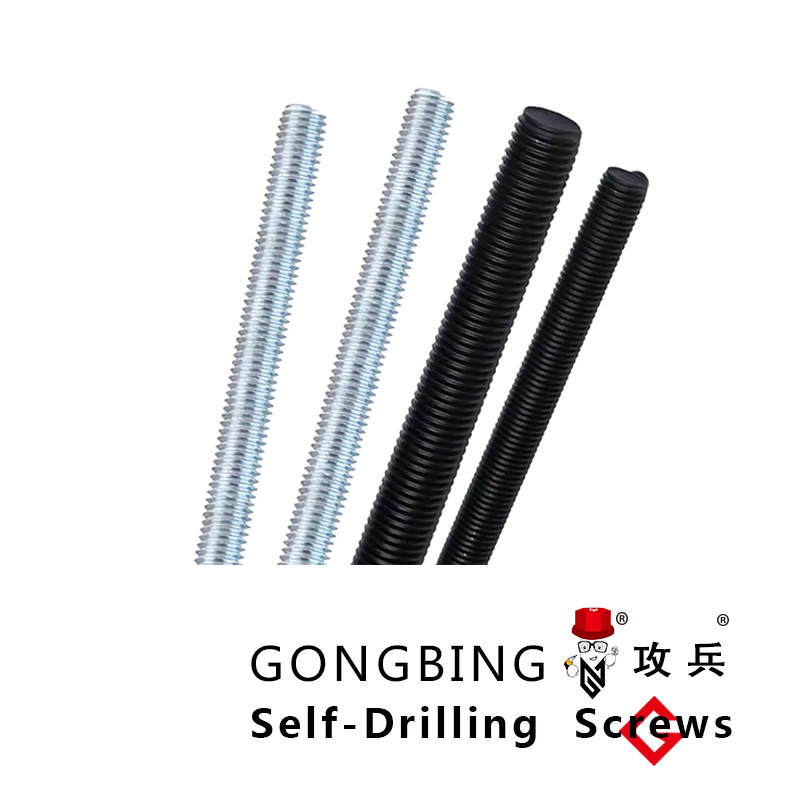aircraft structural fasteners
Understanding Aircraft Structural Fasteners
Aircraft structural fasteners are critical components in the construction and maintenance of aircraft. They play a vital role in ensuring the integrity, safety, and performance of aircraft structures. This article delves into the types, functions, manufacturing processes, and advancements in aircraft structural fasteners, highlighting their importance in the aerospace industry.
Types of Fasteners
Various types of fasteners are employed in aircraft construction, each serving specific purposes. The most common types include
1. Rivets Rivets are permanent fasteners that are widely used in aerospace applications. They are used to join two or more components together by deforming the tail of the rivet to create a strong bond. Rivets can be made from materials like aluminum, steel, or titanium, depending on the requirements of the application.
2. Bolts and Nuts Bolts are often used in applications where temporary assembly or disassembly is needed. They provide excellent tensile strength and can be easily tightened or loosened. When paired with nuts, bolts create a secure connection that can withstand significant loads.
3. Screws Screws, particularly machine screws, are utilized in lighter applications where precision fastening is required. They are often used to fasten interior components or smaller structures within the aircraft.
4. Locking Mechanisms Locking mechanisms, such as lock washers or locknuts, are employed to prevent loosening due to vibration or stress during flight. Ensuring that fasteners remain secure is critical for maintaining safety.
Functions of Structural Fasteners
The primary function of structural fasteners is to join components of an aircraft together, creating a robust framework that can withstand various stresses encountered during flight. These fasteners must be capable of handling
- Tensile Loads The forces that pull components apart. - Shear Loads The forces that push components in opposite directions. - Vibration Fasteners must endure significant vibrations without loosening. - Thermal Expansion Temperature fluctuations can cause materials to expand or contract, affecting the integrity of fastened joints.
In addition to mechanical stability, fasteners also contribute to the overall aerodynamics of the aircraft
. Smooth surfaces and tight joints minimize drag and improve fuel efficiency.aircraft structural fasteners

Manufacturing Processes
The manufacturing of aircraft structural fasteners involves numerous processes to ensure quality and reliability. These processes include
1. Material Selection Manufacturers must choose materials that offer the right balance of strength, weight, and corrosion resistance. Common materials include aluminum alloys, steel, and titanium.
2. Forging and Machining Many fasteners are forged to achieve desired shapes and mechanical properties. After forging, they undergo machining to achieve precise dimensions and ensure proper fit.
3. Heat Treatment Heat treatment is often used to enhance the strength and hardness of fasteners. This process helps to ensure that fasteners can withstand the high stresses encountered in flight.
4. Quality Control Rigorous testing and quality control measures are essential. Fasteners undergo various inspections, including dimensional checks, mechanical testing, and non-destructive testing, to detect any potential defects.
Advancements in Fastener Technology
Recent advancements in fastener technology have revolutionized the aerospace industry. The introduction of lightweight materials, such as composite fasteners, reduces the overall weight of the aircraft, leading to improved fuel efficiency and payload capacity.
Additionally, innovative fastening systems, such as blind rivets and self-locking fasteners, enhance the ease of assembly and maintenance. These technologies not only improve operational efficiency but also contribute to increased safety and reliability.
Conclusion
Aircraft structural fasteners are indispensable elements that ensure the safety, integrity, and performance of aircraft. Through a combination of specialized types, precise manufacturing processes, and ongoing technological advancements, these fasteners play a pivotal role in modern aerospace engineering. As the industry continues to evolve, the development of more efficient and reliable fasteners will remain a priority to meet the demands of increasingly sophisticated aircraft designs.
-
Weatherproof Plastic Expansion Anchors for OutdoorhírekJun.06,2025
-
Sustainability in the Supply Chain: Eco-Friendly TEK Screws ProductionhírekJun.06,2025
-
Load-Bearing Capacity of External Insulation FixingshírekJun.06,2025
-
Double Head Bolts: Enhancing Efficiency in Industrial MachineryhírekJun.06,2025
-
Corrosion Resistance in Chipboard Screws: Coatings for Wholesale DurabilityhírekJun.06,2025
-
Butterfly Toggle Bolts : Enhancing Structural ResiliencehírekJun.06,2025
